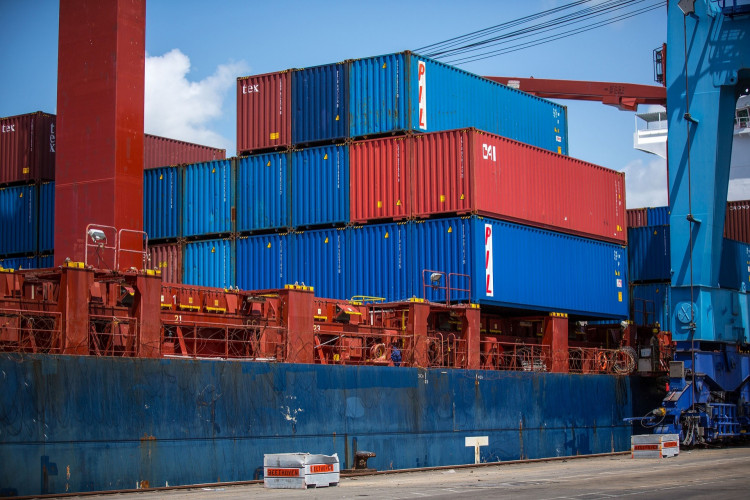China has announced a new 25 percent tariffs to be imposed on $16 billion worth of U.S. imports. The announcement was made after The United States imposed the same taxes on 279 Chinese products worth $16 billion.
The Chinese government said the new tariffs would take effect on Aug 23. The U.S. goods included chemical products, diesel fuel, coal, oil, and some medical equipment CNN Money reported.
The Office of the United States Trade Representative, on the other hand, released the complete list of Chinese imports that will be subjected to its own 25 percent tax. The products included motorcycles, speedometers, and antennas. The said tariffs will also be implemented by Aug. 23.
The office insists the ongoing trade war was a valid response to China's alleged unfair trade practices related to the forced transfer of U.S. technology and intellectual property. In March 2018, the USTR said an investigation found China's actions, policies, and practices on trade are "unreasonable, discriminatory and burden the U.S. commerce."
Based on the investigation, which the USTR referred to as Section 301, China is reportedly guilty of the following unacceptable trade practices:
- China uses joint venture requirements, foreign investment restrictions, and administrative review and licensing processes to require or pressure technology transfer from U.S. companies.
- China deprives U.S. companies of the ability to set market-based terms in licensing and other technology-related negotiations.
- China directs and unfairly facilitates the systematic investment in, and acquisition of, U.S. companies and assets to generate large-scale technology transfer.
- China conducts and supports cyber intrusions into U.S. commercial computer networks to gain unauthorized access to commercially valuable business information.
The United States and China, the world's top two economies, have been imposing tariffs after tariffs in both of their imports and exports from each other. The conflict started early in March when President Donald Trump announced tariffs on steel, aluminum, and metal coming from China. Within the same month, Trump imposed the first round of taxes, 25 percent on $50 billion Chinese goods. China retaliates with the same taxes placed on its imported steel, aluminum, and metal.
In April, the USTR announces a list of Chinese goods that will subsequently be subjected to new rounds of taxes. Industries were given mandatory 60-day comment period for them to ask for tax exemptions. In the same month, a day after, China also came up with a list of more than 100 U.S. products worth about $50 billion and subjected them to retaliatory taxes.
In May, there was a glimmer of hope when the two parties agreed on an outline of a trade deal to stop them from penalizing each other more. Later in the month, however, the United States proceeded with more tariffs on $50 billion Chinese goods. The final list of products affected by the said tax was released in June.
In June, the conflicts had gotten worse as Trump finalized the 25 percent tariffs to be placed on $34 billion Chinese goods. China strikes back, mimicking exactly the U.S.'s move. In the same month, Trump threatened a 10 percent tariffs on another batch of Chinese goods worth $200 billion.
In July, the tariffs on $34 billion worth of Chinese goods announced in June were implemented. The tax from China's side had also taken effect subsequently. The United States then releases another list of an additional $200 billion worth of Chinese goods that it said will be subjected with another 10 percent of tariffs.
Early this month, the United States doubles the value of its tariffs from 10 to 25 percent on the additional $200 billion worth of Chinese goods announced in July. China threatens to impose the same should Trump go ahead with doubling the tariffs imposed on Chinese products.






